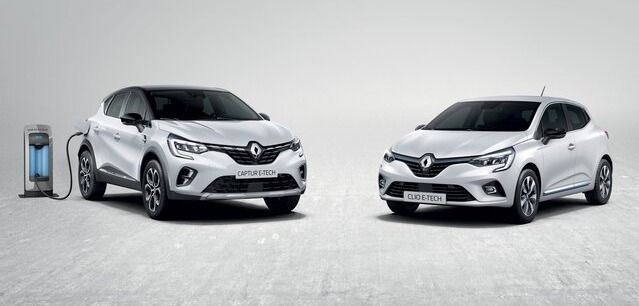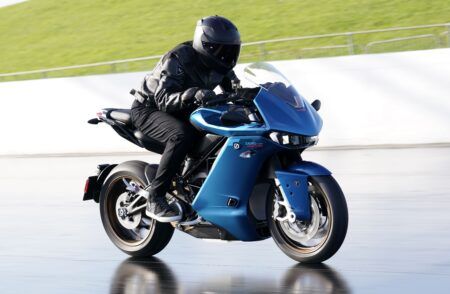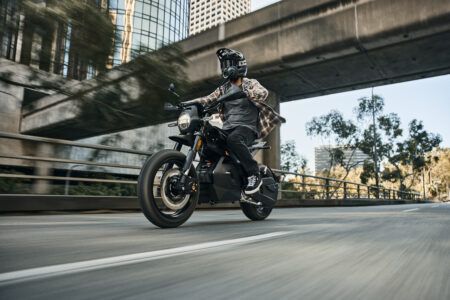Technological innovations have propelled the automotive sector forward for more than a century, delivering innovations such as the hybrid drivetrain. The attention has recently been focused on full electrification and electric vehicles that will be major disruptors for the auto sector over the next decade.
Global Market Insights estimates that global hybrid drivetrain market size will hit US$645bn by 2026, with consistent demand across plug-in and full electric cars and trucks. According to the International Energy Agency (IEA) Global EV Outlook 2019, number of electric and hybrid vehicles surpassed 5.1 million units in 2018, growing by two million from 2017. China accounted for 45% of EV sales, followed by Europe and the US.
Favorable government policies play a critical role in promoting the adoption of EVs and HEVs. Leading countries in electric mobility have introduced fuel economy standards in an attempt to lower the carbon footprint. In addition, financial incentives such as tax credits and tax exemption for zero- and low-emission vehicles are encouraging a greater number of people to adopt clean mobility and fueling hybrid drivetrain industry forecast.
In the US, the federal government and a number of states offer tax credits on the purchase of an electric or a hybrid vehicle. This helps significantly minimize the up-front costs for consumers. For instance, the federal Internal Revenue Service (IRS) offers a tax credit worth between $2,500 and $7,500, depending upon the size of the vehicle and its battery capacity, for each EV purchased in the country.
As the trend of electric mobility continues to grow, automakers worldwide are focused on launching more advanced EV models with quicker acceleration and a greater range. Earlier this month, French OEM Renault unveiled the Clio E-Tech hybrid and the Captur E-Tech plug-in hybrid models. Both the models feature a new series-parallel hybrid drivetrain.
Following Renault, American auto giant Ford very recently disclosed plans to add full hybrid versions of its Galaxy and S-Max minivans after investing in its Valencia, Spain-based battery pack production plant. The minivans, expected to go on sale next year, feature Ford’s new fuel-efficient, low carbon-emitting hybrid drivetrain.
Lack of reliable charging infrastructure along with high battery costs might hamper the market growth up to some extent. However, increasing investments in the development of efficient EV charging infrastructure and favorable initiatives to minimize the carbon footprint will bolster hybrid drivetrain industry outlook.





